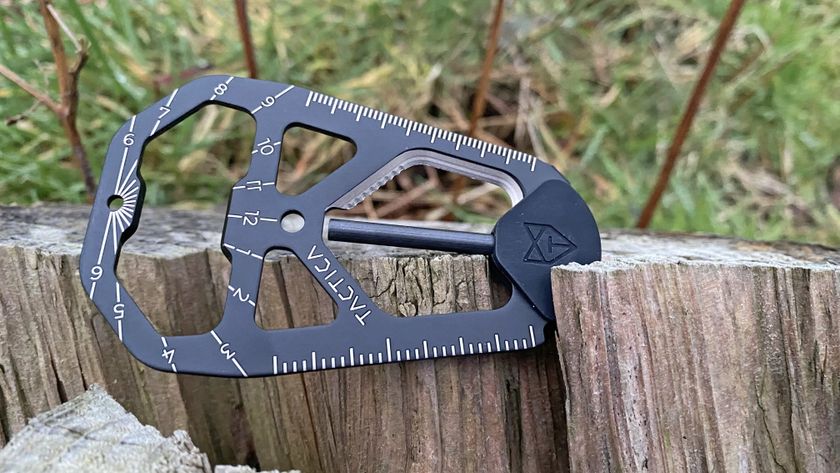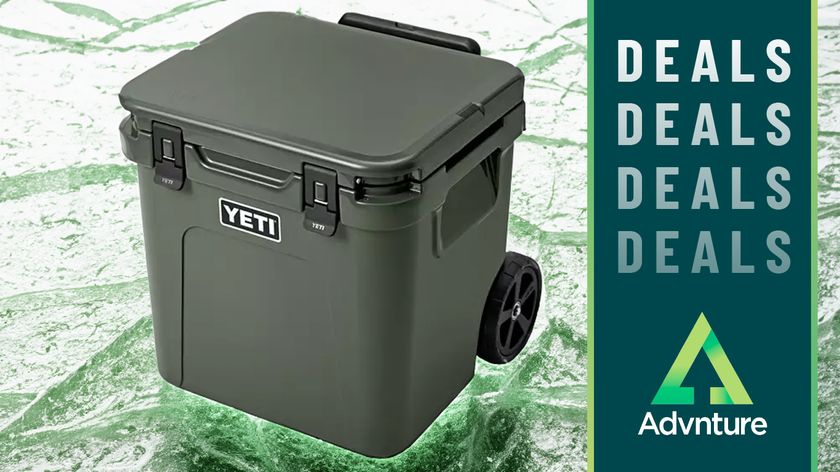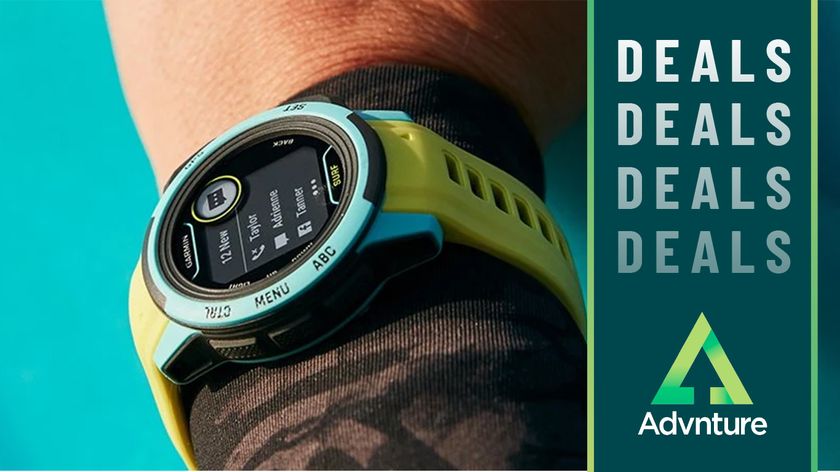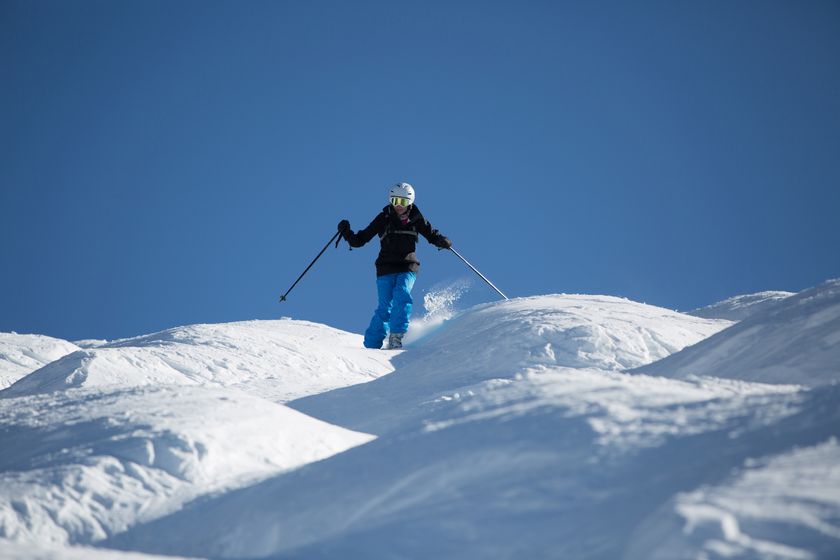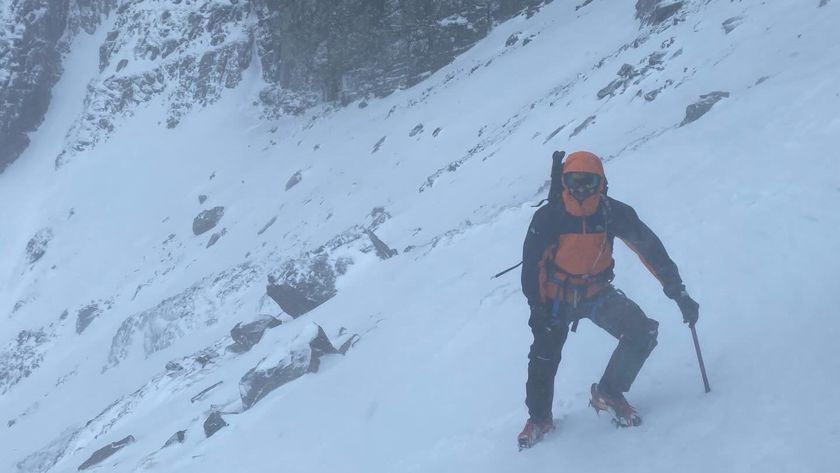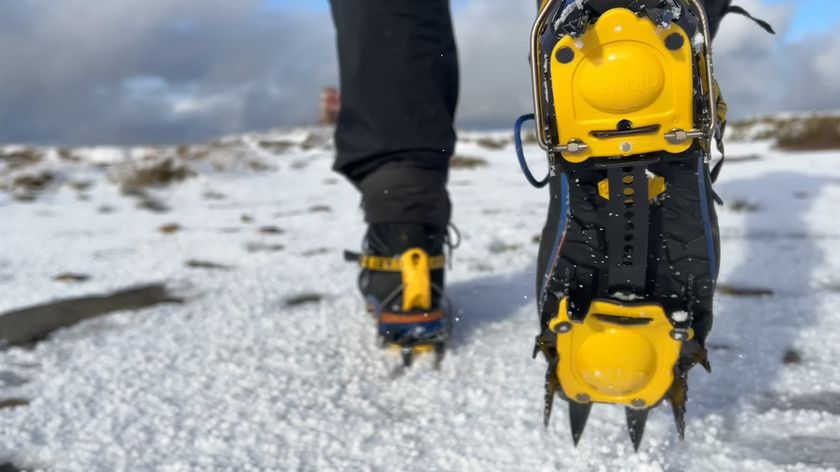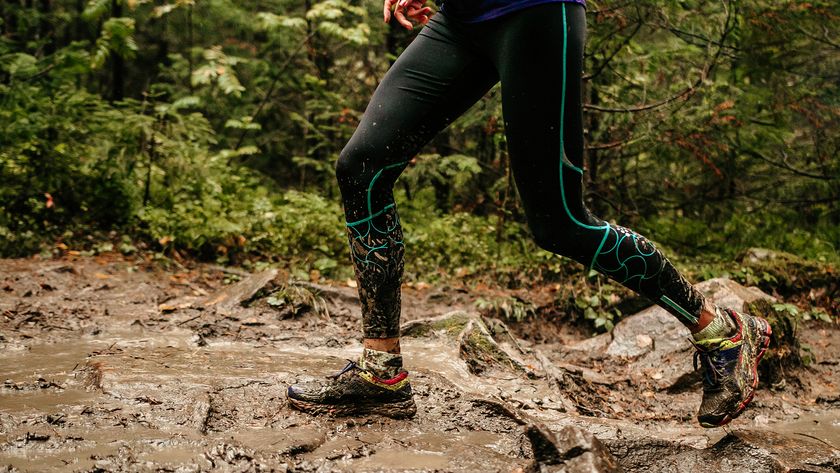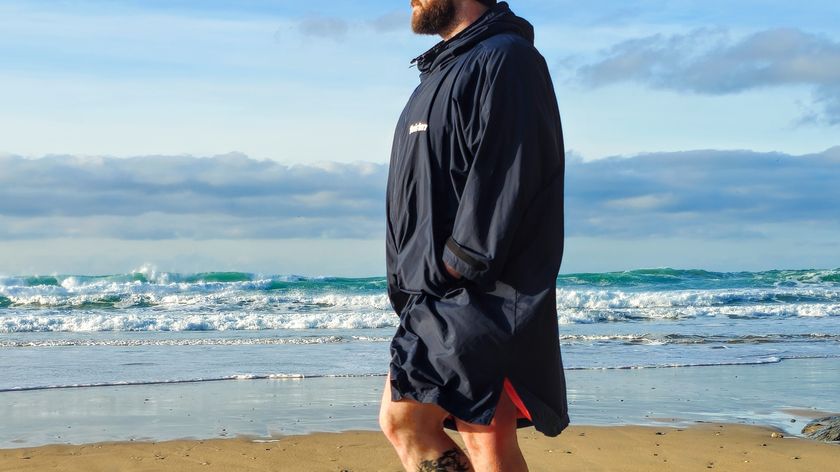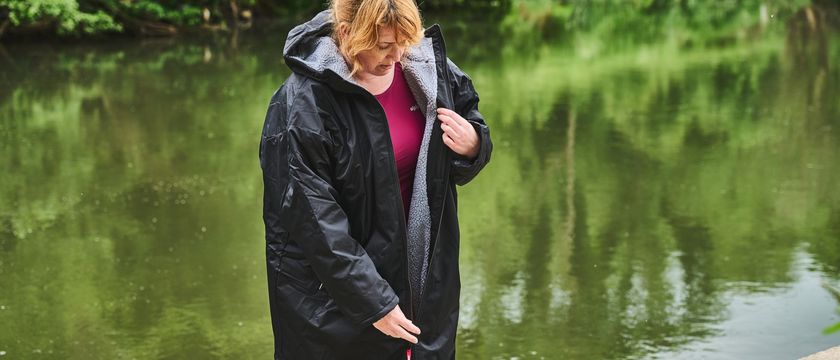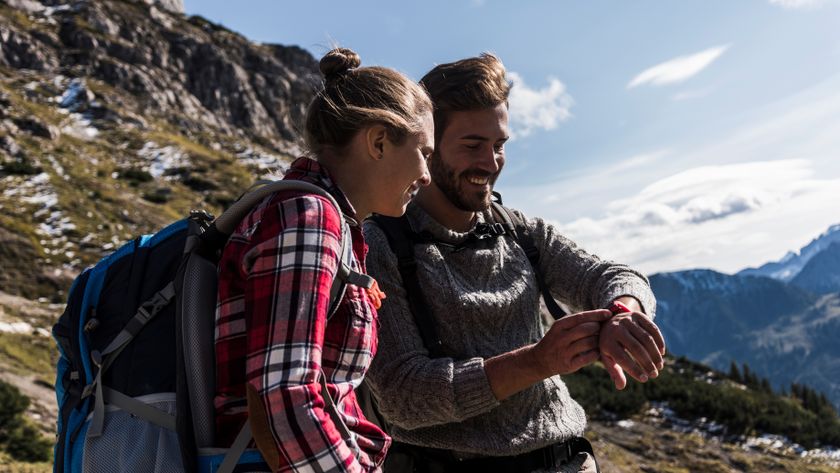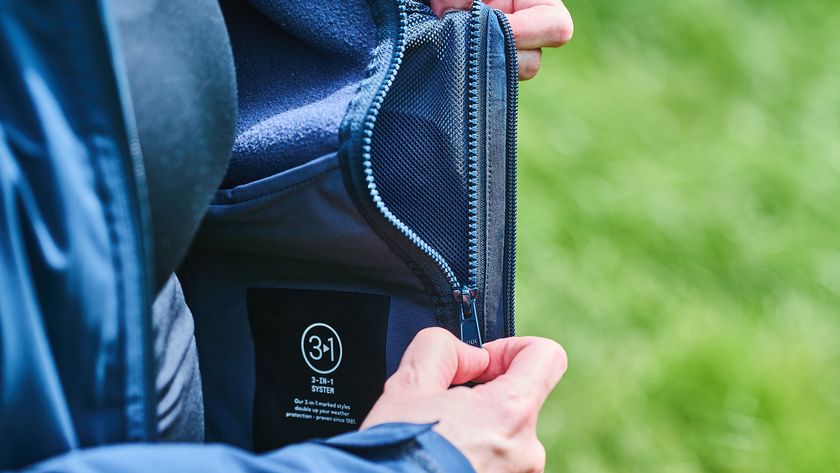How to make the best rig for catching carp
Carp star Colin Davidson shows you how to make a deadly carp rig called the Davo Carp Rig.
Welcome to Advnture, the new home of AnglersMail.co.uk
It incorporates a stiff link. Follow this step-by-step guide to create your version.

Step 1 – Fold the fine braid back on itself and tie an overhand loop to form a long double length of braid. Trim the tag ends and blob with at lighter to ensure the knot is secure.

Step 2 – Wide gape hooks are best for the presentation. It is important to remember that the carp won’t see the hook as it will be tucked under the bait and the weight is immaterial because of the buoyancy of the bait.
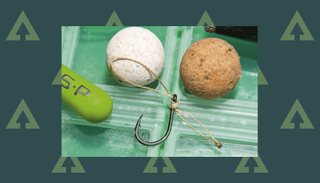
Step 3 – Use the knotted and blobbed end of the braid loop as the hair, pass the parallel section o the braid down through the eye. Set the hair length a couple of millimetres longer than the bait size you intend to use. Wet the double braid so it sticks together and treating it as one piece of line, whip a three turn knotless knot. The apex of the double braid should pass down through the eye easily to finish the knotless knot.
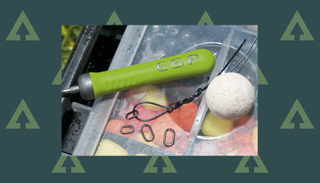
Step 4 – Using black 20 lb Amnesia which is stiff enough to provide the anti-eject properties of the rig but soft enough to make the knotting easy. Tie a 4.5 mm oval ESP rig ring to the end of the Amnesia using a three turn grinner. Tighten the knot down slowly with lots of saliva, pushing the turns of the knot barrel together as you pull the tag end.
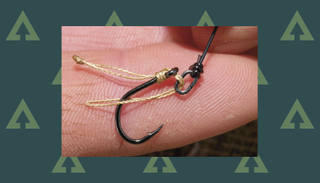
Step 5 – Pass the shot length of looped braid below the hook down through the rig ring on the boom. Now pass the hook and hair through the centre of the parallel strands of braid. If the braided loop is too short you won’t be able to pass the hook through it. Too long and you lose the advantages of the small hinge on the finished rig.
Advnture Newsletter
All the latest inspiration, tips and guides to help you plan your next Advnture!
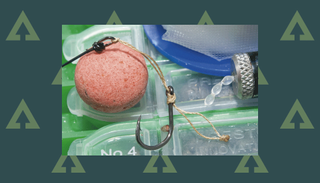
Step 6 – Once you’ve passed the hook and hair through the loop and tightened it down you have secured the braided hinge loop to loop style to the small rig ring, leaving only a short half inch length of braid left below the hook.
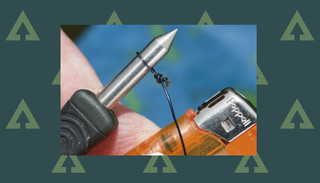
Step 7 – The other end of the boom section needs to be finished with a small loop. with stiffer materials like Amnesia an overhand or figure of eight loop doesn’t sit very straight, so I opt for a three – turn grinner tightened down around a tension bar. The tag end is snipped and then carefully blobbed with a lighter for additional security. Tie the boom section so its four or five inches long, end to end.
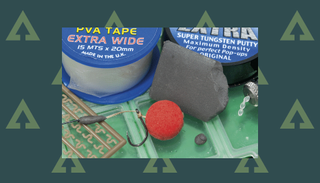
Step 8 – Now thread the hook bait on the hair – it should sit a couple of millimetres clearance between hook and bait so the hook is aggressively angled to take the bottom lip. Now mould tungsten putty as a counter balance around the rig ring and knot in the bottom section.
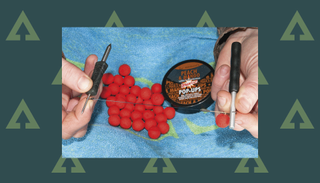
Step 9 – Stiff links need to be straight and shouldn’t ever be cast out if they have any memory from the spool in the bottom – It will leave them sitting up at all sorts of angles on the lake bed. Because Amnesia has a little bit of stretch you can generally straighten it nicely with just a couple of pulls between tension bars.
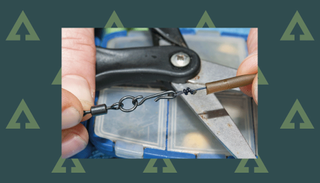
Step 10 – Loops at the end of a bottom section can have advantages for hooking with stiff links but in this case the loop is only there to allow the bottom to be slipped into a Kwik Change flexi ring swivel, the loop and knot converted with an ESP tapered sleeve. As the bait settles you’ll see it pushes against the ring swivel, producing a small initial free movement when the hook bait is sucked in by a carp to help the boom lift up and travel over a carp’s bottom lip.
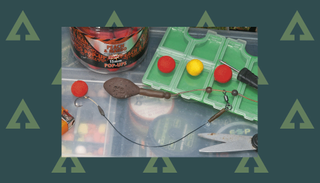
Step 11 – Stiff links almost exclusively work best fished on helicopter end tackles, with the link trapped between beads set back up a leadcore or tubing leader. No matter what type of lake bed the leads land on or in, the lead can’t be buried or forced into sitting at an unnatural angle – even skywards. After the lead touches down the link settles slowly and flat along the bottom behind it.
